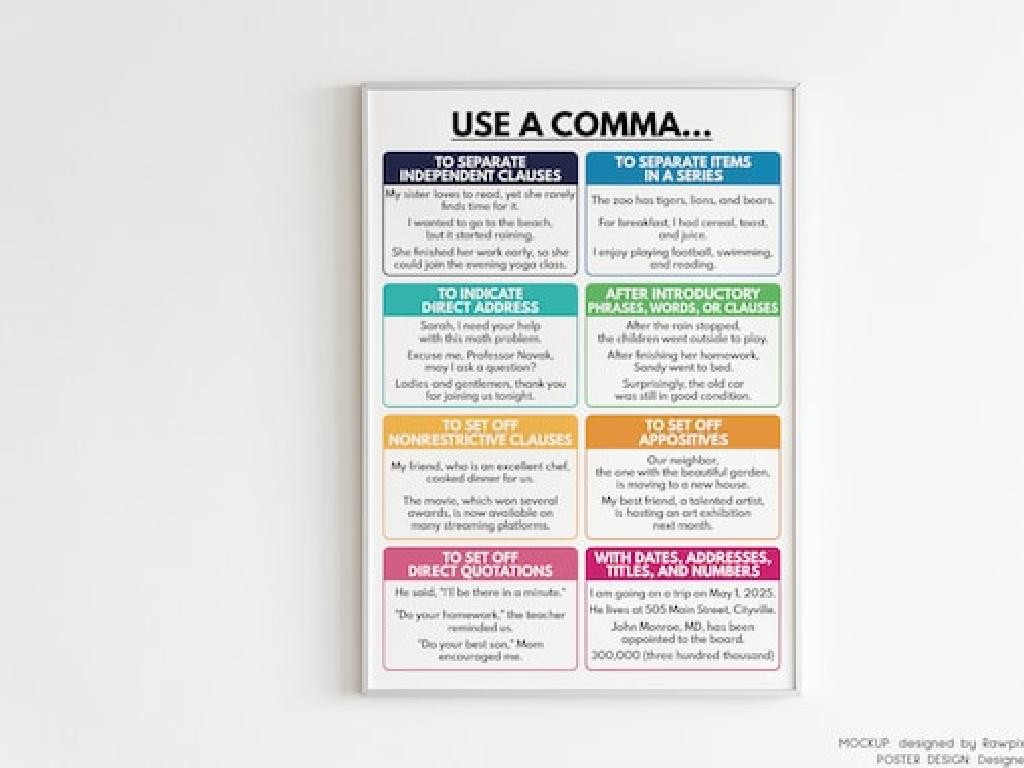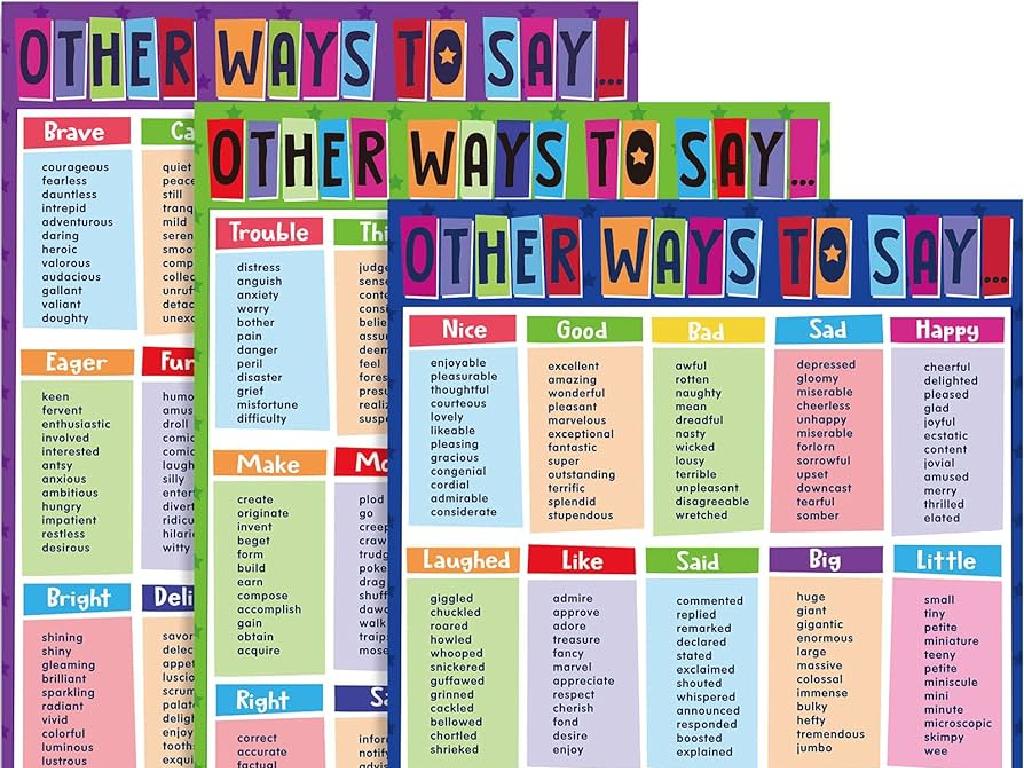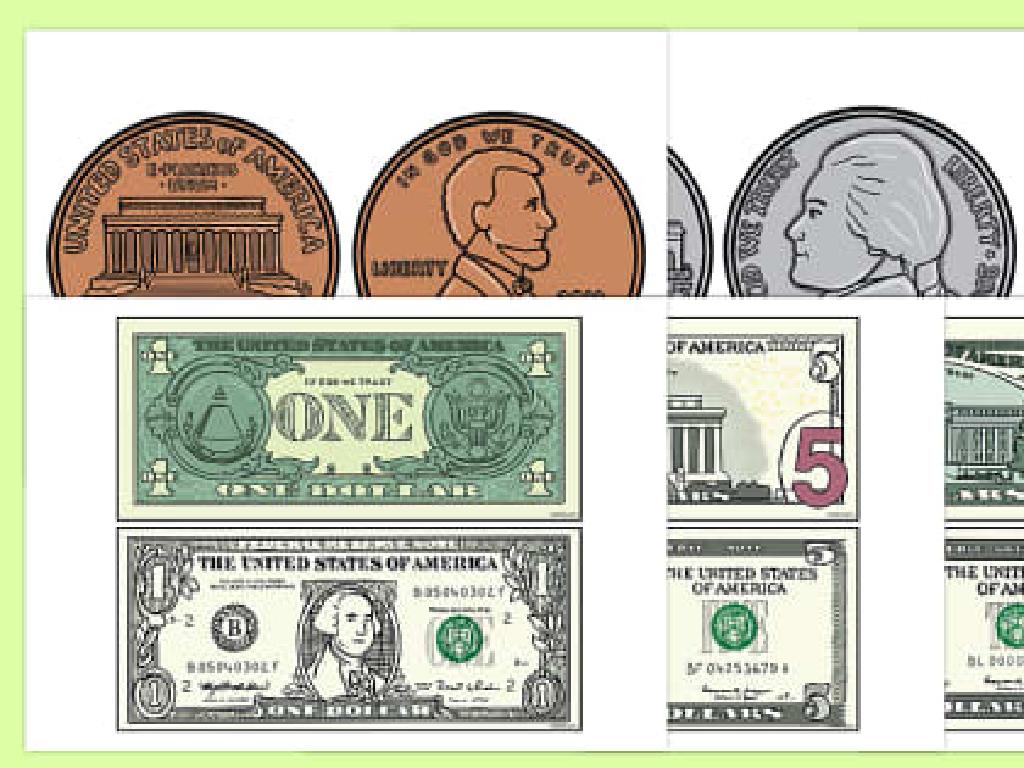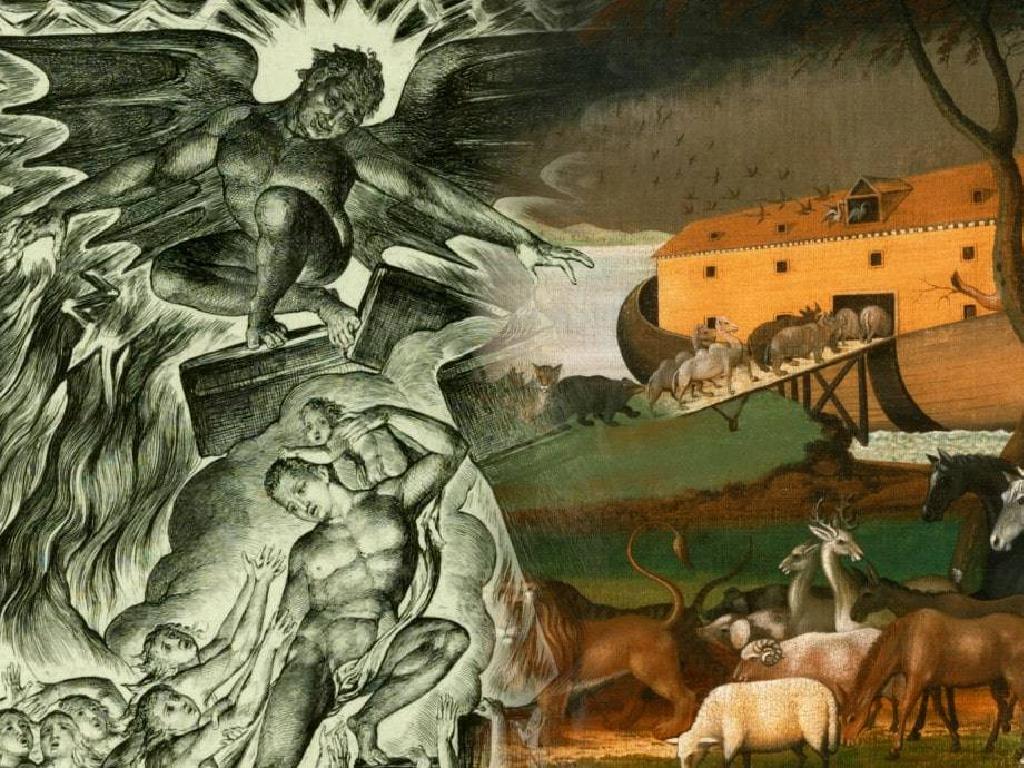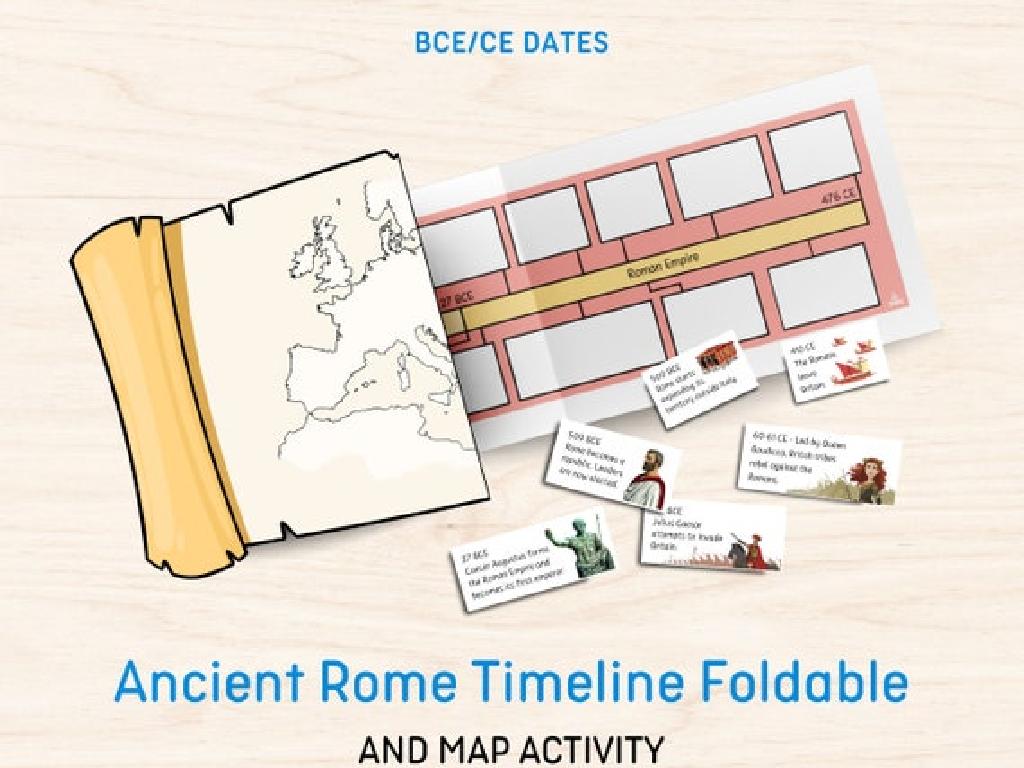Choose The Letter That Matches The Consonant Sound: B, D, J, K, P, T, V, Z
Subject: Language arts
Grade: Pre-k
Topic: Letter-Sound Associations: Uppercase
Please LOG IN to download the presentation. Access is available to registered users only.
View More Content
Welcome to Letter Sounds!
– Learn special letter sounds
– Listen to each consonant sound
– Match sounds to correct letters
– B sounds like a bear growling, D like a drum, J like a jump rope swishing
– Fun sound-letter matching game
– We’ll play a game to find which letter matches the sound we hear!
|
This slide introduces the concept of matching letters to their corresponding sounds, which is a fundamental skill in early literacy. Start by engaging the students with the excitement of learning new sounds. Play the sound of each consonant and have the children listen carefully. Then, ask them to match the sound to the correct letter from the options B, D, J, K, P, T, V, Z. For the activity, you can use flashcards with letters and images representing the sound, or an interactive digital game where sounds play and students choose the matching letter. Encourage participation and praise correct matches to reinforce learning. This activity helps with phonemic awareness, a critical step in learning to read.
Meet the Letters!
– Explore letters: B, D, J, K, P, T, V, Z
– B as in ‘ball’, D as in ‘dog’
– Each letter has a unique sound
– J as in ‘juice’, K as in ‘kite’
– Sounds combine to form words
– P as in ‘pig’, T as in ‘top’
– Practice makes perfect
– V as in ‘van’, Z as in ‘zebra’
|
This slide introduces the consonant sounds of the letters B, D, J, K, P, T, V, Z to Pre-K students. Emphasize the distinct sound each letter makes and how these sounds are the building blocks for word formation. Engage the students with visual aids of objects that start with these letters and encourage them to practice the sounds. For example, show a picture of a ball when teaching the sound of ‘B’. Activities can include matching letters to pictures, saying the sounds out loud, and forming simple words with guidance. The goal is to familiarize students with these consonants through repetition and interactive play.
The Sound of B: Learning Consonant Sounds
– ‘B’ sounds like ‘buh’
– Like the sound at the beginning of ‘ball’
– Practice saying ‘buh-buh-ball’
– Repeat after me: ‘buh-buh-ball’
– Find objects starting with ‘buh’
– Look around, what do you see that starts with ‘buh’?
– Share your ‘buh’ objects in class
– Bring your favorite ‘buh’ object to show
|
This slide is designed to help Pre-k students recognize and practice the ‘buh’ sound associated with the letter B. Start by clearly pronouncing the sound ‘buh’ for the students and then using the word ‘ball’ as an example. Encourage the children to mimic the sound and the word. Next, engage the students in a fun activity where they find objects that start with the ‘buh’ sound. This could include toys, books, or pictures. Finally, ask the students to bring an object from home that starts with the ‘buh’ sound for the next class, which will help reinforce the sound and letter association. This activity promotes active participation and helps students connect sounds to letters in a tangible way.
The Sound of D: ‘Duh’ as in ‘Dog’
– The letter D sounds like ‘duh’
– It’s the sound at the start of ‘dog’
– Practice saying ‘duh-duh-dog’
– Repeat after me: ‘duh-duh-dog’
– Find words that start with ‘D’
– Look around, can you spot ‘duh’ words?
– Listen for the ‘duh’ sound in words
– We’ll listen and point to ‘D’ words together
|
This slide introduces the consonant sound for the letter D. Start by demonstrating the ‘duh’ sound and encourage the children to mimic the pronunciation. Use the word ‘dog’ as a clear example. Engage the class by asking them to repeat ‘duh-duh-dog’ to practice. Then, prompt the children to search for other words that start with the ‘D’ sound. This could be done through a classroom scavenger hunt for objects that start with D, or by looking at pictures and identifying ‘D’ words. Lastly, play a listening game where you say words out loud, and the children have to identify which ones start with the ‘D’ sound. This interactive approach helps children associate the sound with the letter and recognize it in different words.
The Sound of J: Learning Consonant Sounds
– The letter J sounds like ‘juh’
– It’s the sound at the beginning of ‘jar’
– Practice saying ‘juh-juh-jar’
– Repeat after me: ‘juh-juh-jar’
– Find words with the ‘juh’ sound
– Think of ‘juh’ words like ‘jungle’ or ‘jacket’
– Share your ‘juh’ words with the class
|
This slide is designed to help Pre-k students recognize and practice the consonant sound for the letter J. Start by demonstrating the ‘juh’ sound clearly and have the students repeat it several times. Engage the class by asking them to say ‘juh-juh-jar’ together. Then, encourage them to think of other words that start with the ‘juh’ sound, such as ‘jungle’, ‘jacket’, or ‘juice’. Allow the students to share their words with the class, reinforcing their understanding of the sound and its association with the letter J. This activity will help in developing phonemic awareness among the students.
Let’s Play: Match the Sound!
– Look at the picture I show you
– Think about the first sound you hear
– Is it a ‘buh’ as in ‘ball’ or a ‘duh’ as in ‘dog’?
– Find the letter that makes the sound
– Letters like B, D, J, K, P, T, V, Z make unique sounds
– Get ready to choose the right letter
|
This slide is for a fun and interactive game to help Pre-k students associate letters with their corresponding sounds. Display a picture and encourage the children to focus on the first sound of the word that represents the picture. Then, guide them to find and select the uppercase letter that matches the sound they hear. For example, if the picture is of a ‘ball,’ the children should choose the letter ‘B.’ This activity will reinforce their understanding of letter-sound associations. Prepare a variety of pictures that start with the consonants B, D, J, K, P, T, V, Z. Make sure to have multiple examples for each sound to cater to different learning paces and to ensure comprehensive practice.
Sound Hunt Activity: Exploring Consonants
– Let’s start our sound hunt
– Find objects with ‘buh’, ‘duh’, ‘juh’
– Look for items like ‘ball’, ‘dog’, ‘jar’
– Work in teams to discover
– Teamwork makes the sound hunt exciting
– Have fun and learn sounds
|
This class activity is designed to help Pre-k students associate letters with their corresponding sounds through a fun and interactive ‘sound hunt’. Set up the classroom with various objects that start with the consonant sounds B, D, and J. Divide the class into small groups and assign each group to find objects that start with one of the sounds. Encourage them to say the sound out loud as they find each object. This activity promotes teamwork, active listening, and phonemic awareness. Possible objects for ‘buh’ could be a ball, book, or bag; for ‘duh’, a doll, duck, or drum; and for ‘juh’, a jar, jacket, or juice box. After the hunt, regroup and discuss the objects found and the sounds they start with.
Review and Goodbye: Sound Hunt Success!
– Celebrating our sound hunt
– Recall sounds for B, D, J
– What sound does B make? Like in ‘ball’.
– Anticipate learning new sounds
– Practice makes perfect
– Keep practicing the sounds at home!
|
This slide is a positive reinforcement for the children, acknowledging their efforts in the sound hunt activity. It’s important to recap the sounds learned, specifically focusing on B, D, and J, to reinforce memory. Encourage the children to remember the sounds by associating them with familiar words. Let them know that their learning journey will continue with more letters and sounds in future lessons. Remind them to practice the sounds they’ve learned at home with their parents or guardians to strengthen their understanding. The goal is to build a strong foundation for reading and phonics skills.

